Rich history along the Mediterranean’s Costa Cálida
We’re now discovering the charming port city of Cartagena in the southeast of Spain on the Costa Cálida. Cartagena’s historic coastal town is within the Murcia region. It is perfect for a mini-break or a day trip from Murcia.
We’re visiting Cartagena as part of our Spanish road trip. So far, our chosen route has taken us south through the back roads of Spain from Bilbao, where we disembarked our Brittany Ferry. Gary and I then headed to Pamplona, Zaragoza, Teruel, the Palm Tree Groves of Elche, and visited the beautiful city of Murcia.
We couldn’t resist visiting the ancient city of Cartagena for a few hours before picking up the coastal route southwest to meet up with my family in Mojácar. After a few nights in Mojácar, we hit the road again and explored Granada before journeying back north, to Toledo, Valladolid, Astorga, and Burgos.
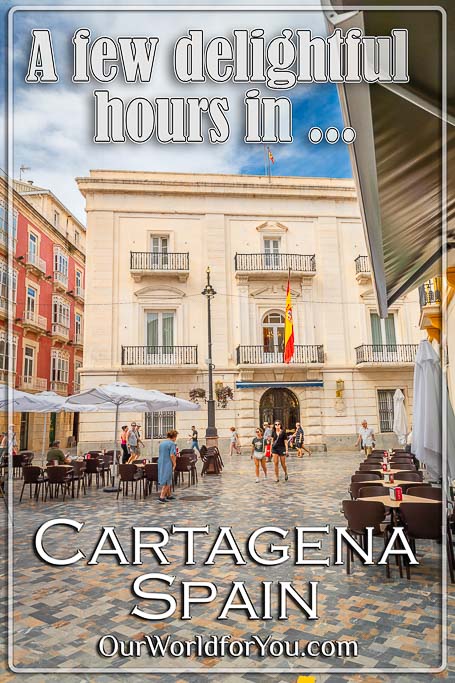
Where is Cartagena?
How to get to Cartagena
- By Air
Start creating your own Spanish adventure and discover the delightful port city of Cartagena, which is just 31km (20 miles) from Murcia airport.
Search for your flights in one easy place with ebookers.com. Over 400 airlines are scanned for your favoured routes and chosen dates.
Where to stay in Cartagena
The hotel Sercotel Carlos III is centrally located, just 500 metres from the historic Old Town and many of the significant sights of Cartagena.
The rooms are very comfortable, modern, and clean. Cartagena harbour is just a 15-minute walk away, and Cortina Beach is 3km (1.8 miles) around the bay.
Alternatively, pop your dates in the Booking.com search box and discover further options for all budgets.
Brief history of Cartagena
Carthaginian and Roman rootsThe picturesque port city of Cartagena is situated in the southeast of Spain along the Mediterranean coast. This charming city can trace its heritage back over 2,000 years to 227 BC when the Carthaginians founded the settlement.
Although it wasn’t too long, and the Romans arrived in 209 BC. Today, Cartagena derives its name from the Latin Cartago Nova.
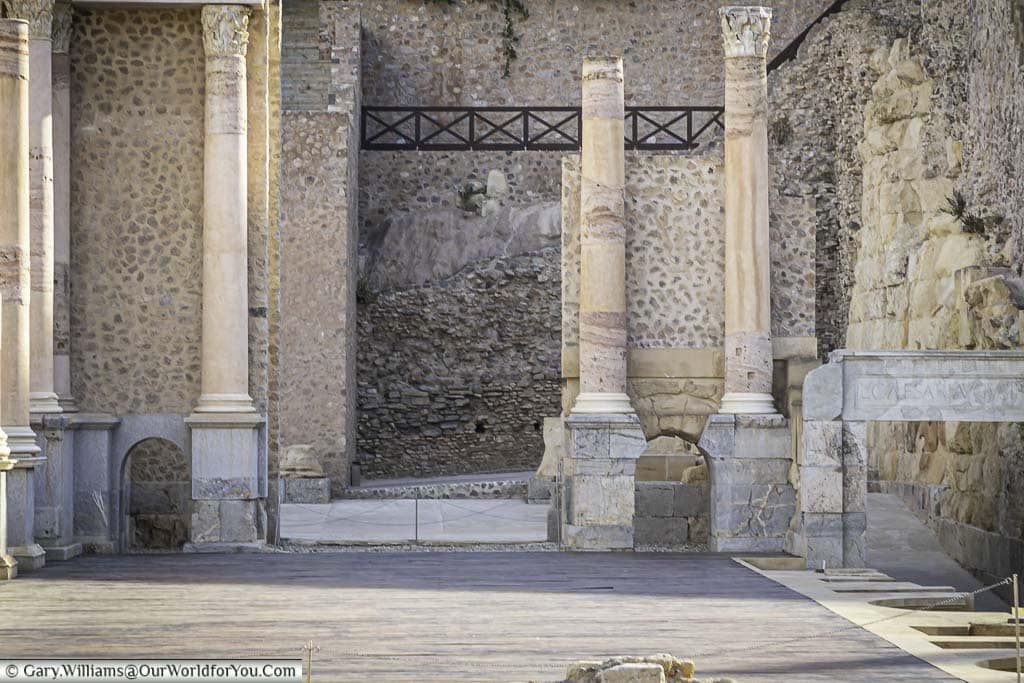
Cartagena flourished during the Roman Empire's dominance, and it was towards the end of the 2nd century BC that the Roman theatre of Carthago Nova was built. Incredibly, the remains of the Roman theatre were only rediscovered in 1987.
Covering part of the Roman Theatre are the ruins of Santa María la Vieja Cathedral (Cartagena Cathedral), which unfortunately was devastatingly destroyed in 1939 during the Spanish Civil War.
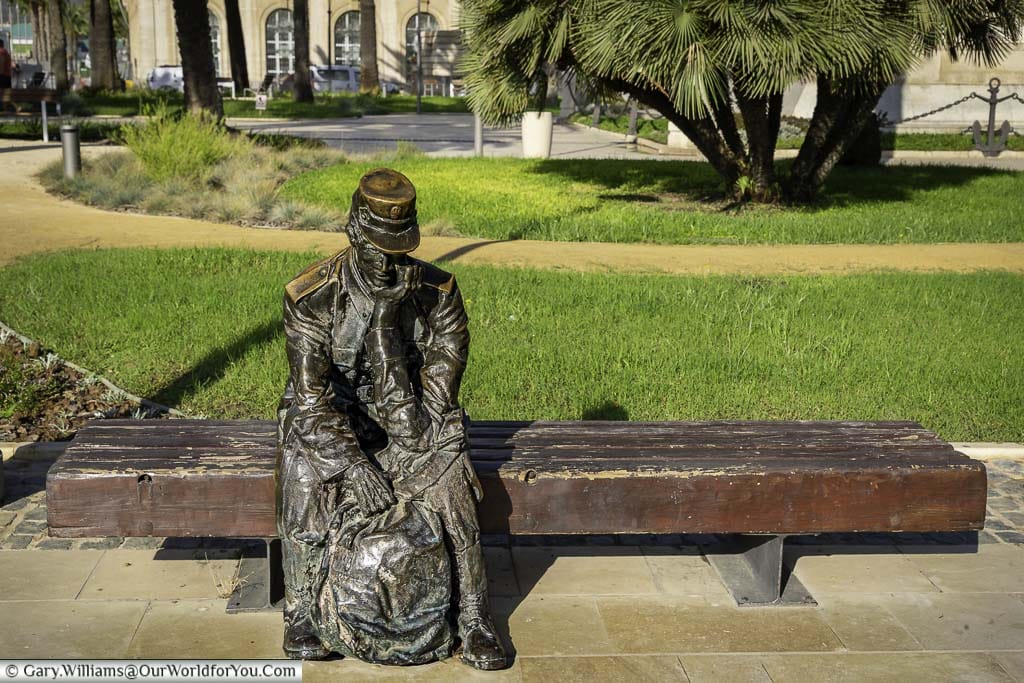
Due to its prominent maritime location, Cartagena has witnessed many battles over the centuries. Its coastal position led to the city becoming a prime site for the military and Spanish Navy. The Arsenal de Cartagena was bult in 1782. Today, a fascinating naval museum can be visited in the old naval offices in Paseo de Alfonso XII.
There are so many sculptures to admire in Cartagena that you can even share a bench with one of the city’s tactile figures. The bronze named Replacement Soldier is a tribute to the thousands of young people who came to Cartagena and risked their lives in military service.
Strolling the port of Cartagena
A glance into naval history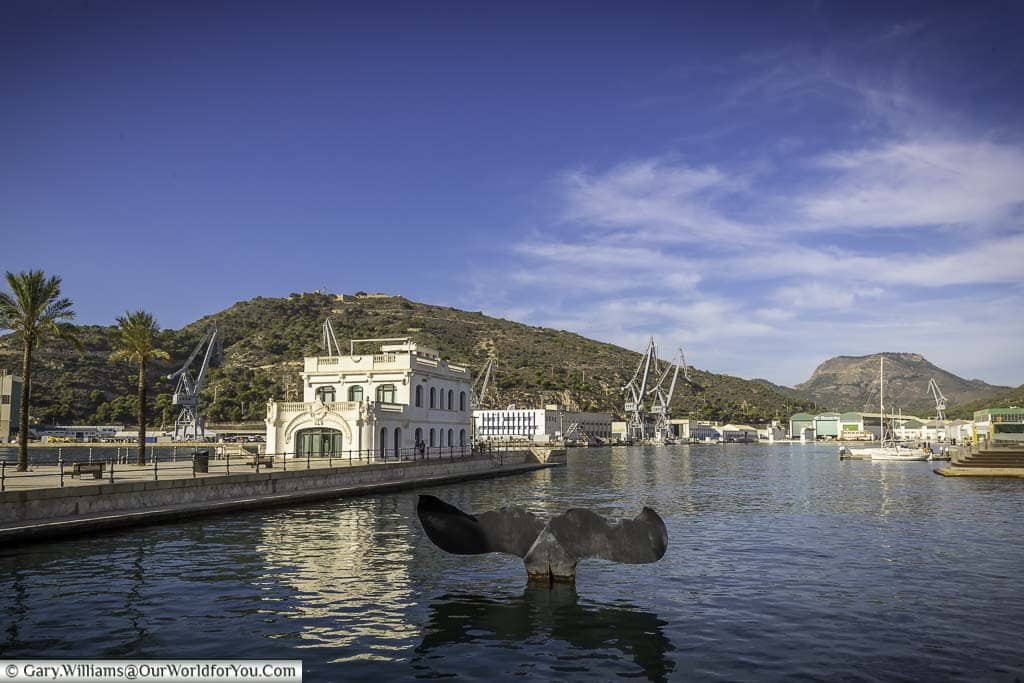
However, before exploring the Old Town of Cartagena, we had a pleasant stroll around the port and marina.
Just a little piece of advice; is that Cartagena is a stopping point for cruise ships, so it may be worth scheduling your time around them if you prefer fewer crowds.
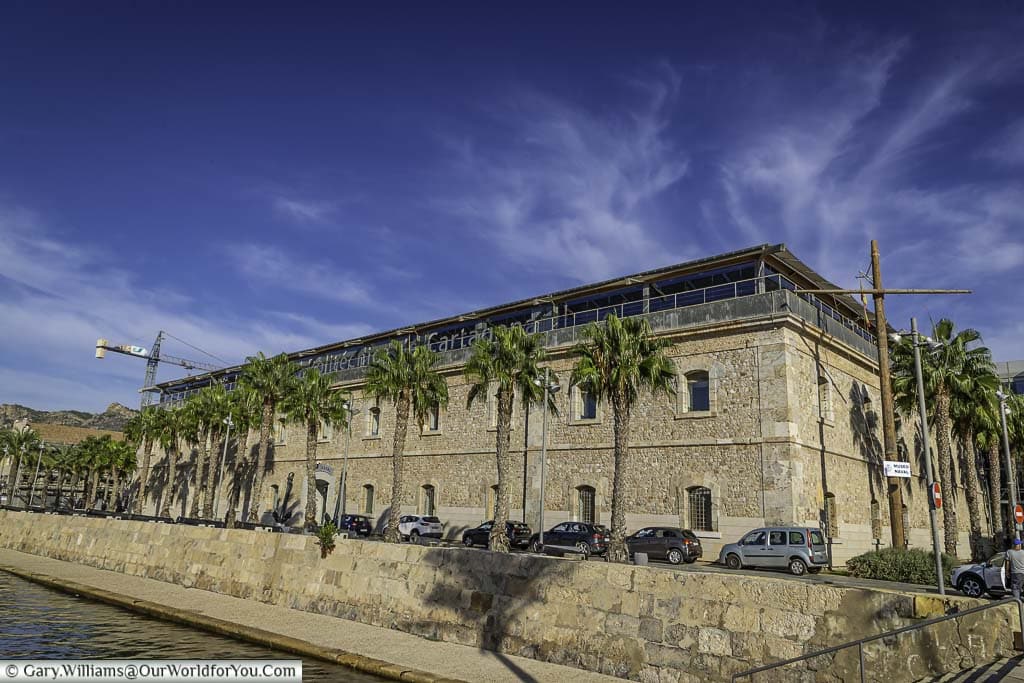
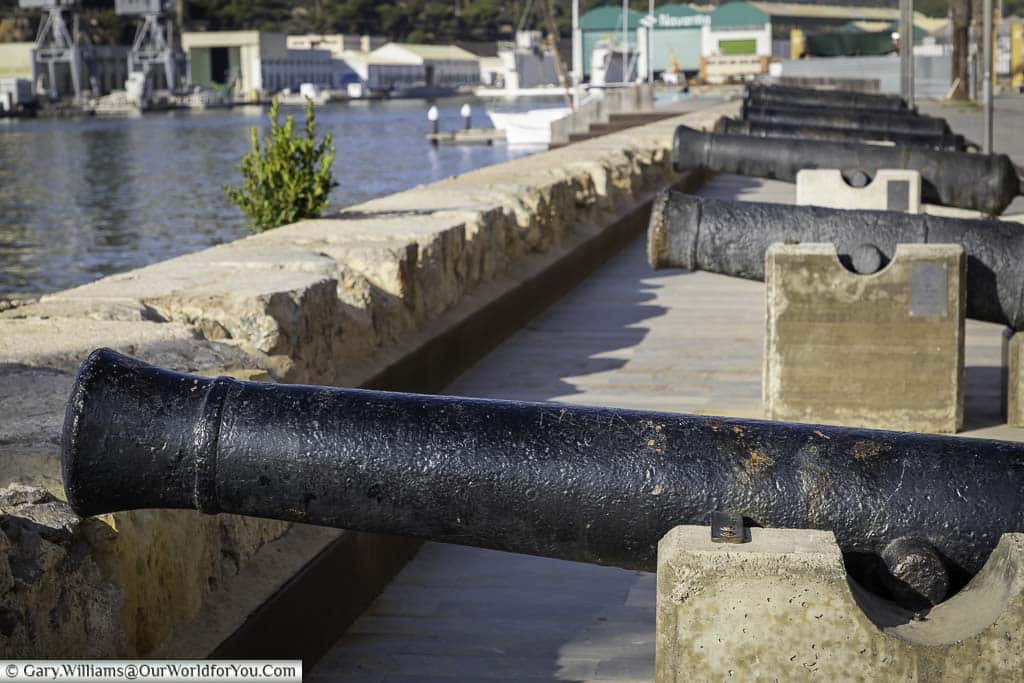
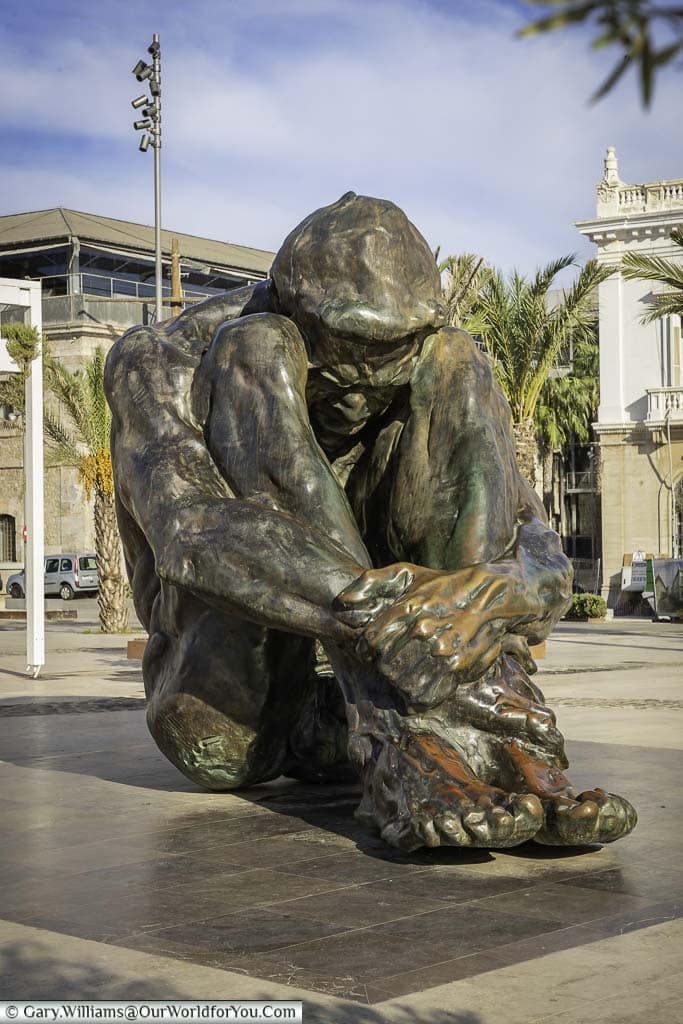
There are so many incredible places to discover in Spain and I love planning road trips. I often use the DK Eyewitness books, I find them extremely informative, easy to follow and the pictures and maps tempt you into searching for more.
We used a previous version of this book to plan our Spanish road trips, now you can grab the revised copy.
An enriching welcome in Cartagena
Touching tales to be told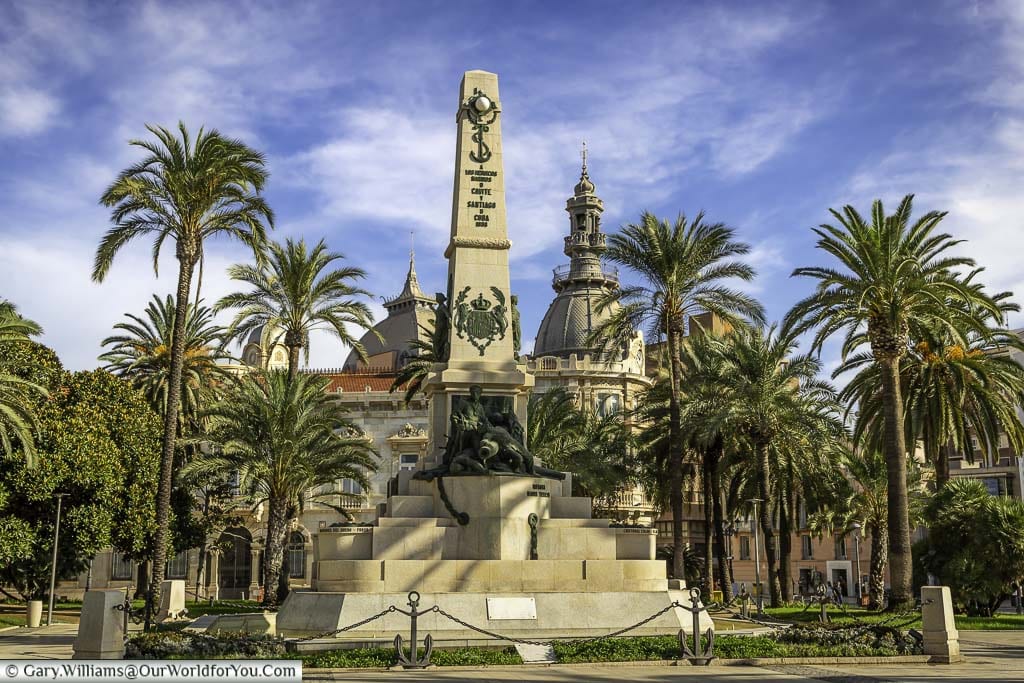
We then amble into Plaza Héroes de Cavite and admire the striking Monument to the Heroes of Cavite and Santiago de Cuba. Two battles fought in 1898 in the Spanish-American War.
Plaza Héroes de Cavite is a lovely square where you can sit, relax, and watch the world pass by.
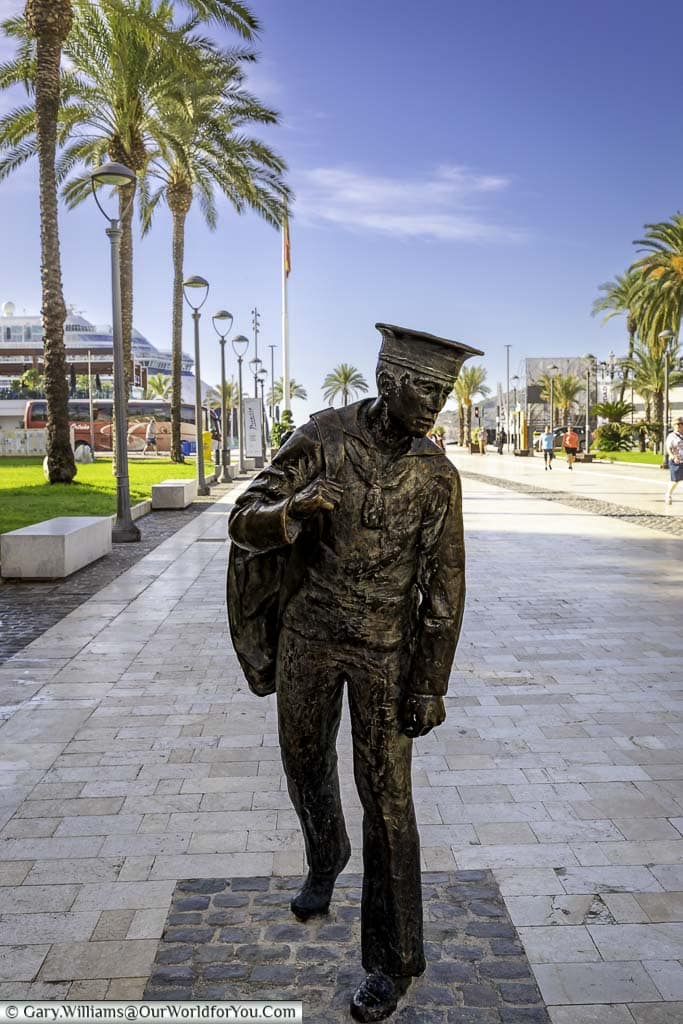
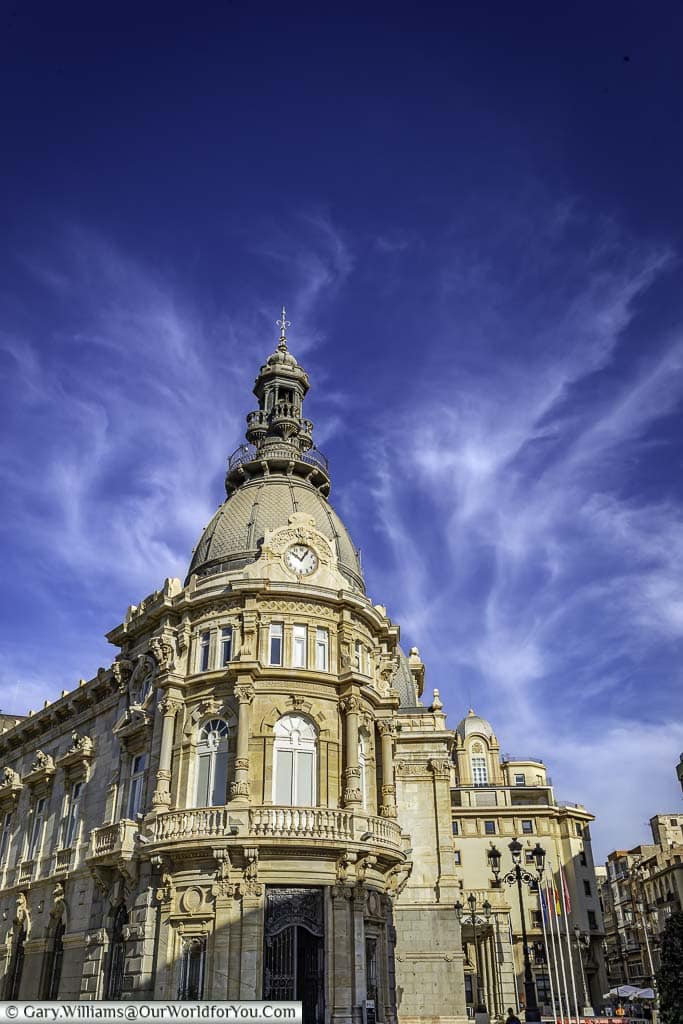
Before exploring the Old Town, we stumbled upon another touching sculpture, ‘Replacement Navy Sailor’. The life-size statue pays tribute to the young who performed military service and were conscripted into the Spanish Navy.
Just nearby this tribute is the Modernist ‘Palacio consistorial de Cartagena’, the City Hall built in the Art Nouveau style in the early 20th century.
Tempted to?
Discover more of historic Spain and tour its picturesque countryside in the north, or head south to explore the Sierra Nevada National Park just south of Granada.
You can do it all on a road trip; Rental Cars searches multiple well-known car hire brands and discovers the deals that suit you the best.
Exploring the historic streets of Cartagena
Discover the Modernist architectureThe central historic lanes in Cartagena are pedestrianised, so you don’t have to worry about glancing skywards to admire the striking architecture.
One of the main attractions to Cartagena is the ancient Roman Theatre of Carthago Nova. The Roman Theatre was built between 5 and 1 BC. As mentioned, the remains of this early Roman Theatre were only rediscovered in 1987.
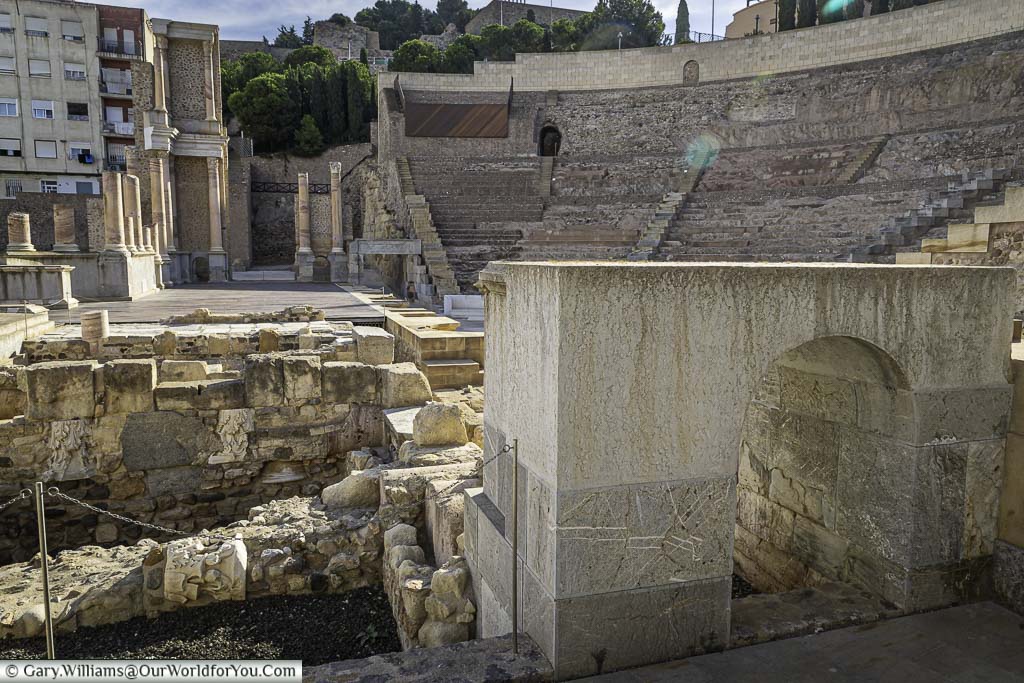
In the 3rd century, a market was built over the theatre, and the space was then used in various forms, including a Byzantine market in the 6th century. Then, during the 13th century, Cartagena’s old cathedral was erected upon it.
Excavations were completed on the site in 2003, and the Cartagena Roman Theatre Museum opened in 2008.
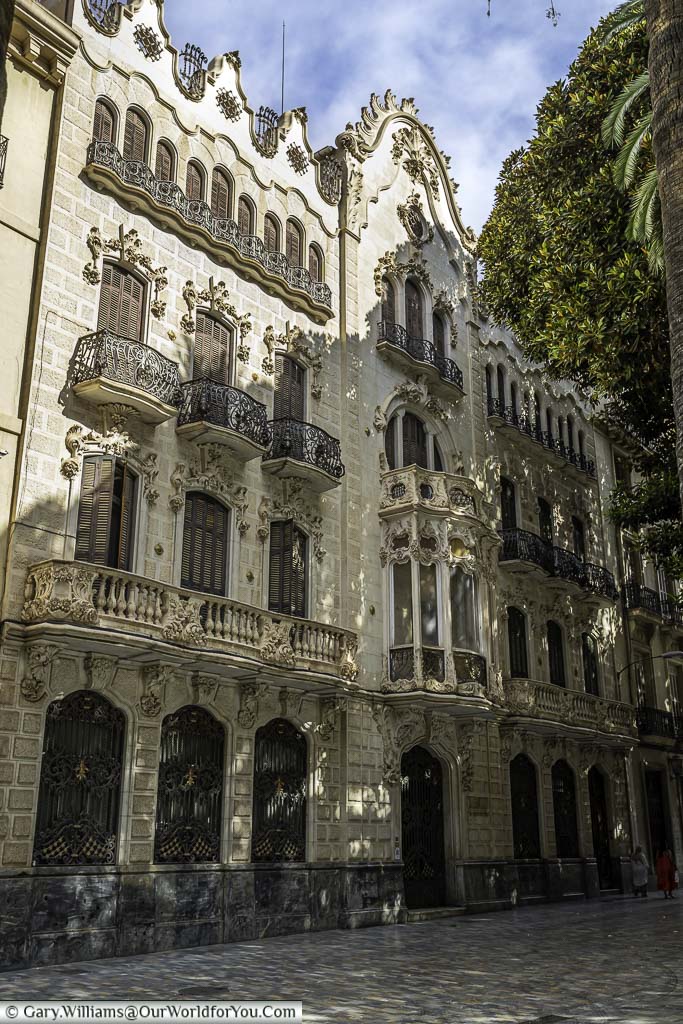
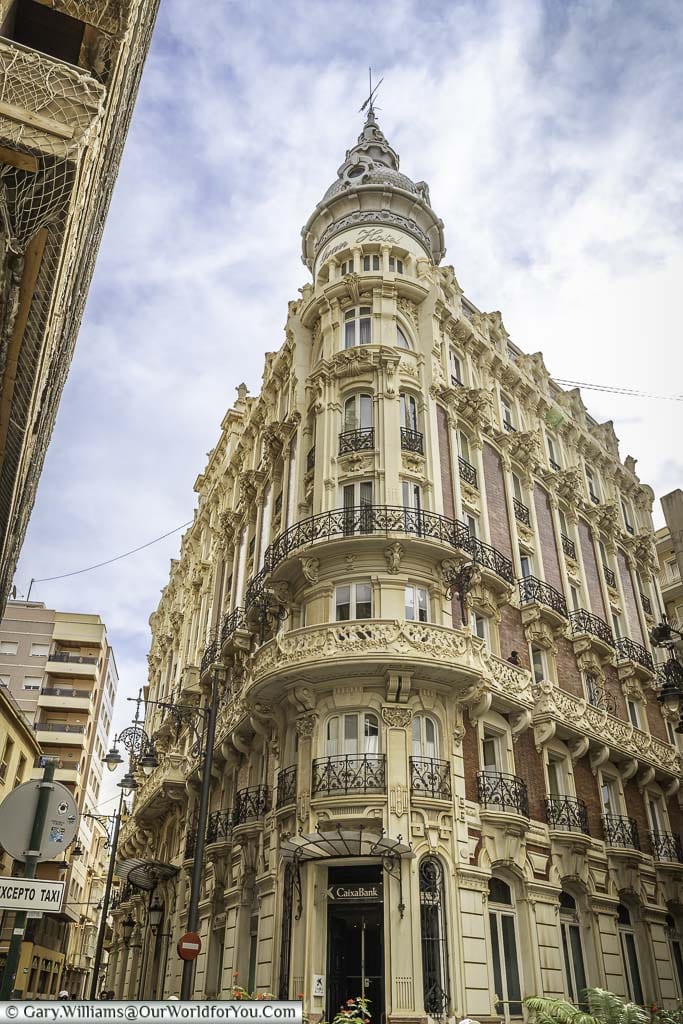
One that especially caught our eye in Plaza de San Francisco was Casa Maestre. The design was apparently inspired by Gaudi's Casa Calvet and built in the elaborate styles of Baroque and Rococo. Today, the façade is the only reminder of the original design.
The Gran Hotel on the corner of Plaza San Sebastian is one of Cartagena’s Art Nouveau gems. This exquisite building was completed in 1916 by the architect Víctor Beltrí after the death of the original designer, Tomás Rico, in 1912.
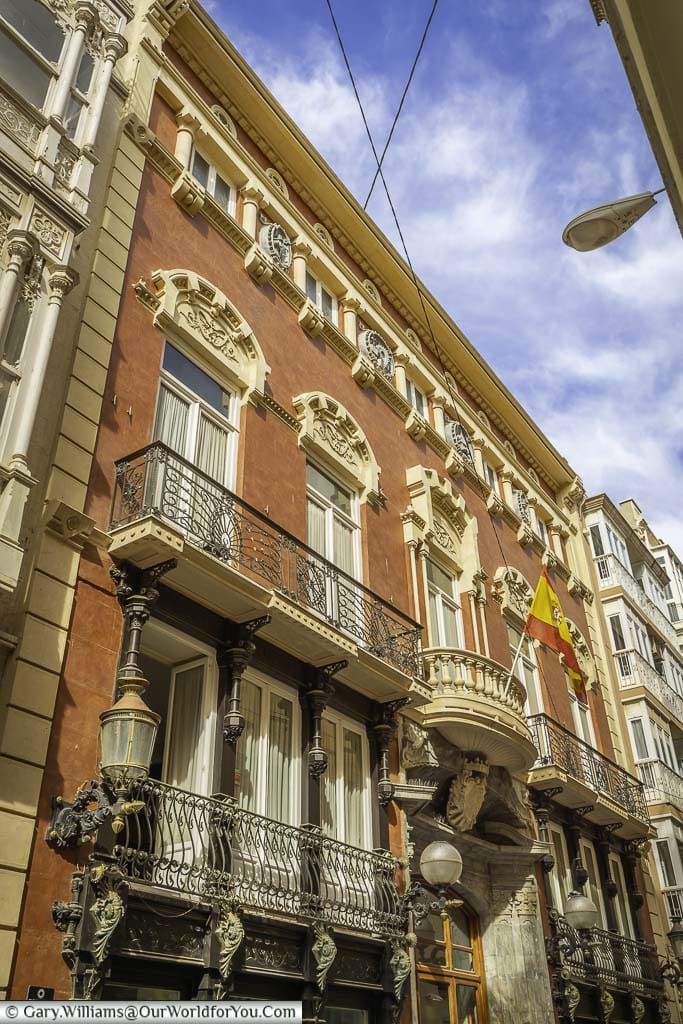
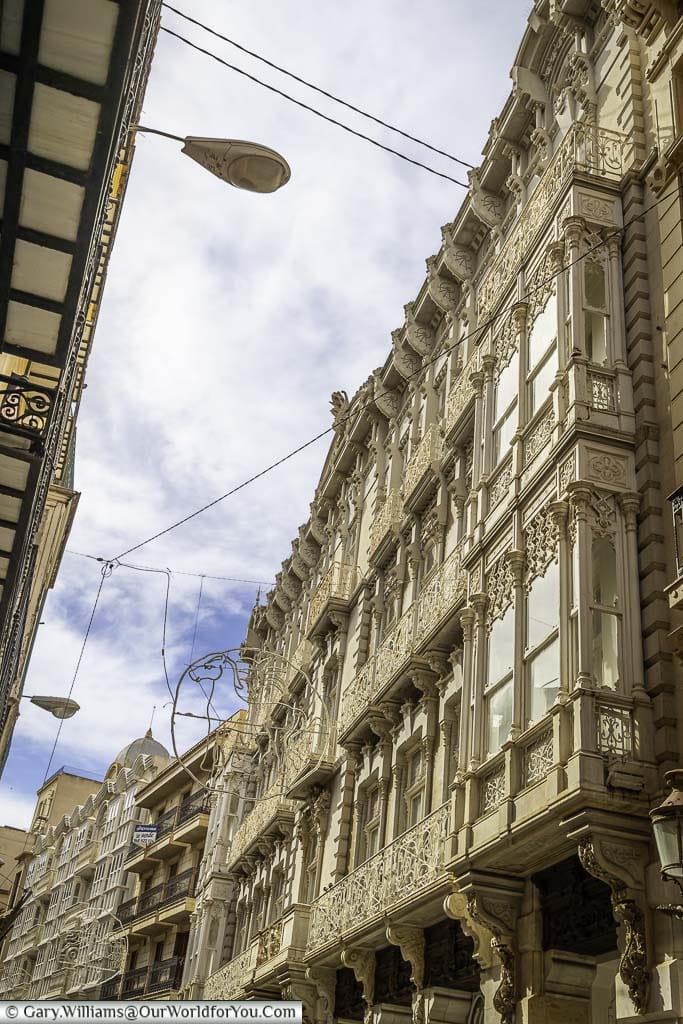
Take an amble along Calle Mayor, which leads north from Plaza del Ayuntamiento square. Along this bustling street, you’ll spot many examples of Modernist architecture, including Casino de Cartagena, which was remodelled by Victor Beltri in 1897 and has a striking blood-red façade.
Nearby is Casa Cervantes, which was also designed by the Cartagena architect Víctor Beltrí. This beautiful building is characterised by elegant glass and wrought-iron balconies.
Cartagena is a delightful city to visit and wouldn’t hesitate to return.
Tourist Information
* This post may contain links to affiliated sites where we earn a small commission at no additional charge to you.

